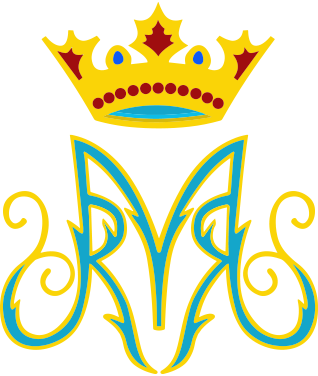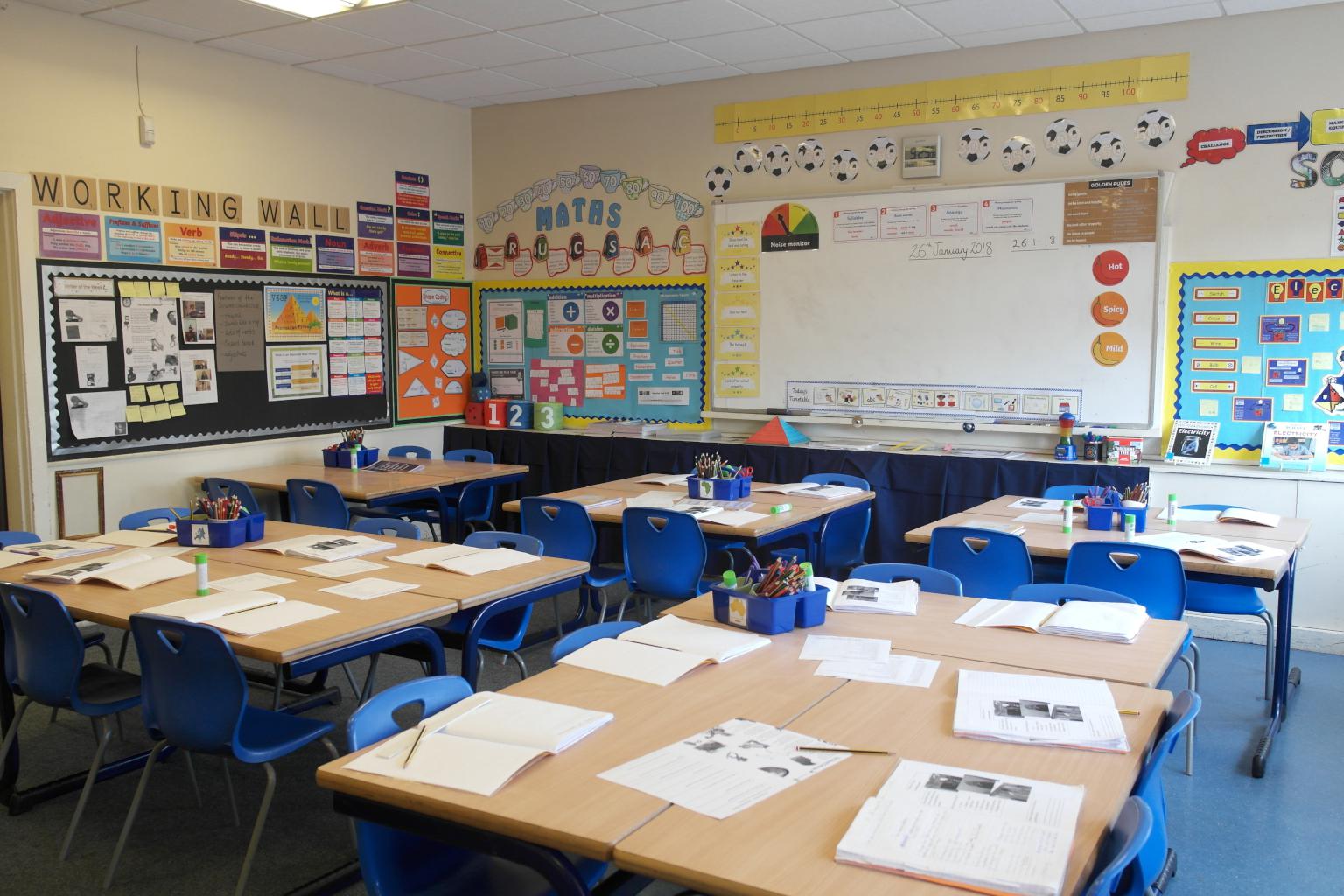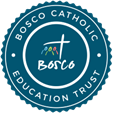Interventions Used to Support Learners at OLQOH
Learning Interventions
The term ‘intervention’ refers to short-term focused teaching approach that will typically have a specific set of outcomes that have been planned for a child. SEN interventions should be used alongside high-quality teaching methods.
At Our Lady’s we use a range of interventions which are targeted to support the child in a specific learning area. Interventions are decided by the class teacher and SENCO. They will be delivered by the class teaching assistant or the teacher. Some of our interventions include:
Sensory and Physical
Jump Ahead
‘Jump Ahead’, a joint initiative between the Inclusion Support Team, Occupational and Physiotherapy Services, is a graded intervention programme devised for children with motor co-ordination difficulties.
A ‘Jump Ahead’ handbook was devised to support schools in meeting the needs of these children, focusing on sensory motor integration and perceptual motor skills. The introduction provides theoretical background and guidance, with the programme itself comprising three termly stages, which are colour coded. Each stage incorporates five focus areas with five tasks for each area, providing a range of activities for developing skills. Each activity outlines the task, its purpose, equipment required and suggested observation points. Progress is monitored throughout the programme and includes a pre and post assessment.
Sensory Circuit
A sensory circuit is a form of sensory integration intervention. (Sensory Integration is the process by which the brain receives, organises and processes all the information received from the senses.) It involves a sequence of physical activities that are designed to alert, organise and calm the child. The sensory circuit aims to facilitate sensory processing to help children regulate and organise their senses in order to achieve the ‘just right’ or optimum level of alertness required for effective learning. The circuit should be an active, physical and fun activity that children enjoy doing.
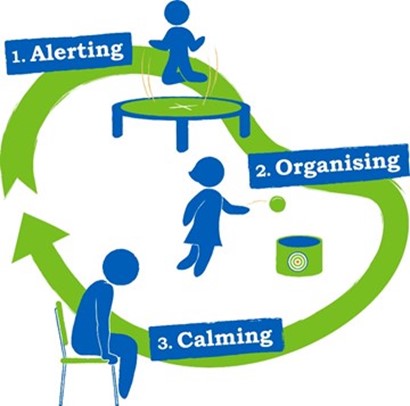
Cognition and Learning
Stride Ahead
Stride Ahead is a study book, written for students who can read but have difficulty in understanding and comprehending written text. Stride Ahead aims to make the decoding process an automatic, unthinking reflex and response. Only when a student can do this can they be free of cluttered thinking. When the student learns these good habits they can focus fully on the meaning of the text. Stride Ahead uses a structured series of timing targets. This encourages the student to think less about the minor details of a text. This frees them up to give more attention to the main objective of reading a text – understanding it and extracting meaning from it.
Snip Spelling
Phil and Carol Smart are both qualified dyslexic tutors. They were both classroom teachers for many years before specialising in addressing the barriers to learning experienced by children and young people. Together they have taught many hundred of pupils who struggled with literacy and during this time, have used a wide range of different interventions to promote success. The need to locate a programme that was the “best fit” in meeting the needs of pupils with literacy difficulties, resulted in development of a resource that:
- Had a rapid success rate.
- Was practical in its delivery.
- Was enjoyed by pupils.
The Snip Spelling programme is aimed at increasing reading and spelling and uses the primary high frequency words (HFW). These words are grouped by selecting those that visually look different to each other
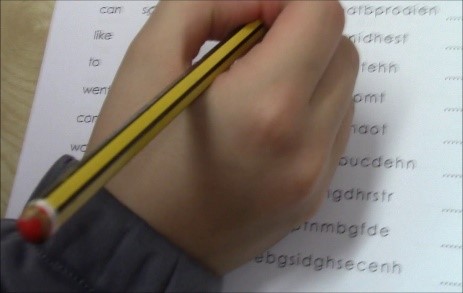
Mastery Folders
The Mastery Learning Folder is a tool that allows the teacher to support student learning in three ways:
- Content (based on teacher assessments)
- Learning load (the amount of learning material placed in the folder)
- Time (the content remains in the folder until mastered)
Although the folders have traditionally been used for phonics and sight word recognition, the advantage of this product is that it can be used for consolidation across different subject areas.
At Our Lady’s we often use Mastery folders to support children with consolidation number bonds, times tables, phonics skills and high frequency words.
Social, emotional and mental health
Zones of Regulation
Zones of regulation teaches children:
- Vocabulary of emotional terms
- How to recognise their own emotions
- How to detect the emotions of others (read others’ facial expressions)
- What may trigger certain emotions
- How others may interpret their behaviour
- Problem solving skills
When children partake in the Zones of Regulation intervention they work with the learning mentor to begin developing emotions and produce their own tool kit.
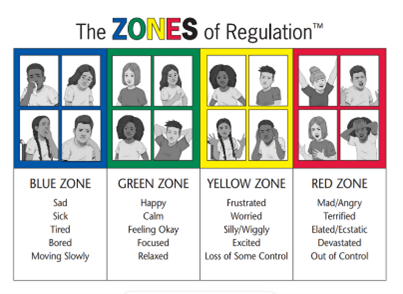
Communication and Interaction
Lego - Therapy
Playing with LEGO in a therapy setting promotes social interaction, turn-taking skills, sharing, collaborative problem-solving and the learning of concepts. It can be used to target goals around social skills, language and motor skills. By using a commonly adored tool like LEGO it capitalises on its existing motivation and supports self-esteem by allowing the participants to demonstrate their skills in a social situation. It also sets up a positive opportunity for guided social problem-solving to help develop social skills that can then be used in other situations.
Narrative Therapy
The resource is aimed at developing children’s speaking and listening skills through narrative and it provides both Speech and Language Therapists and teachers with an approach that is:
- highly structured, including clear lesson plans and follow-on activities
- designed to address many aspects of language and communication including attention, listening, receptive and expressive language skills
- based on meaningful activities that are common to many classrooms
- flexible and adaptable for different age groups.

